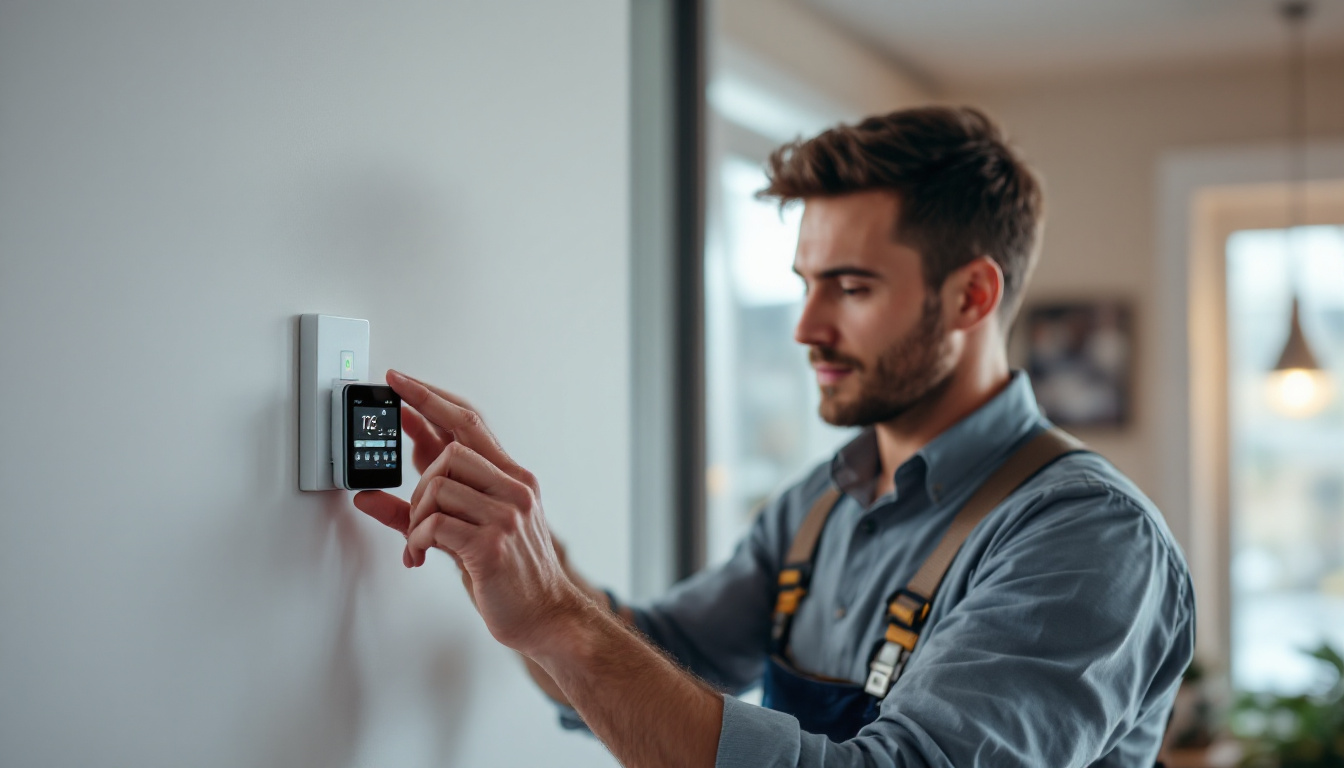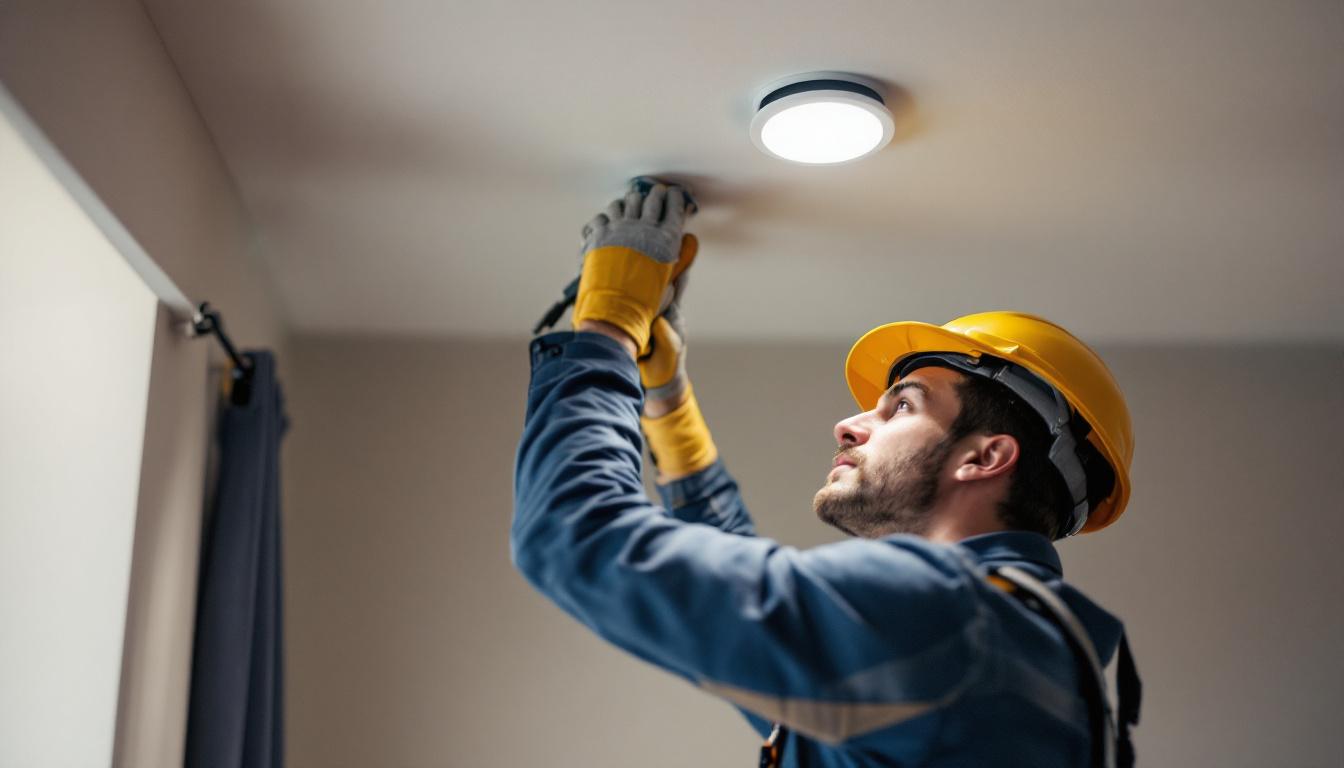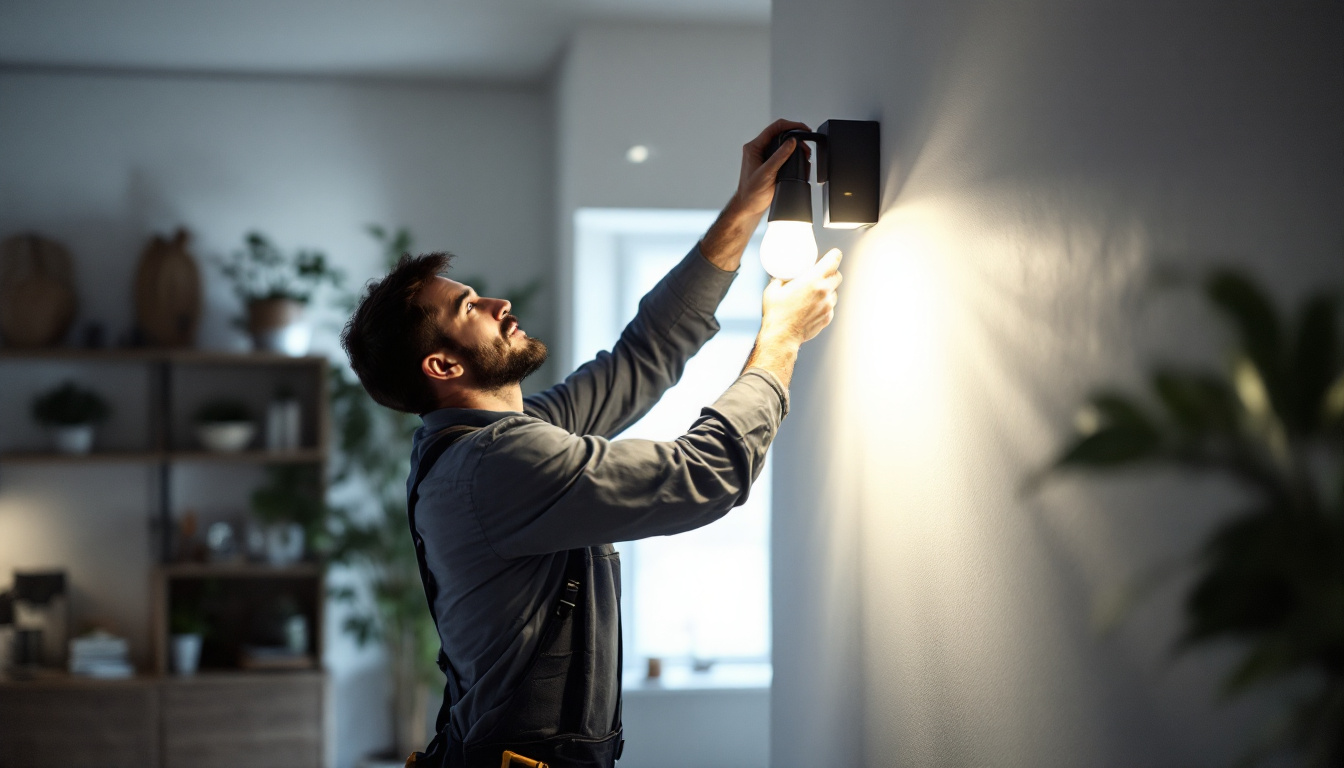
In the realm of modern lighting solutions, digital timers have emerged as essential tools for lighting contractors. These devices not only enhance the functionality of lighting systems but also contribute to energy efficiency and convenience. This guide delves into the various aspects of digital timers for lights, providing insights that can help contractors make informed decisions for their projects.
Digital timers are programmable devices that control the operation of lights based on specific schedules. Unlike traditional timers, which may rely on mechanical components, digital timers offer precision and flexibility. They can be set to turn lights on or off at predetermined times, making them ideal for both residential and commercial applications. This technology not only enhances convenience but also contributes to energy savings, as users can ensure that lights are only on when needed, reducing unnecessary electricity consumption.
In addition to their energy-saving benefits, digital timers can also improve security. By programming lights to turn on and off at different times, homeowners can create the illusion that someone is home, deterring potential intruders. This feature is particularly useful for those who travel frequently or spend long hours away from home. Furthermore, many modern digital timers come with smartphone connectivity, allowing users to control their lighting remotely, adding another layer of convenience and security.
There are several types of digital timers available on the market, each designed to meet different needs. The most common types include:
When selecting a digital timer, several features can enhance usability and performance:
Additionally, many digital timers now feature user-friendly interfaces, often with LCD displays that make programming straightforward. Some models even come with remote controls or smartphone apps, offering the convenience of adjusting settings from anywhere in the home. This technological advancement allows users to adapt their lighting to suit their lifestyle, whether it’s for hosting gatherings, enhancing security during vacations, or simply creating a cozy atmosphere at home.
Incorporating digital timers into lighting systems can yield numerous advantages, particularly for contractors looking to enhance their service offerings.
One of the most significant benefits of digital timers is their ability to promote energy efficiency. By automating lighting schedules, timers ensure that lights are only on when needed, reducing unnecessary energy consumption. This not only lowers utility bills for clients but also aligns with sustainability goals.
Digital timers provide an unparalleled level of convenience. Contractors can program lights to operate at specific times, ensuring that properties are well-lit when needed, without requiring manual intervention. This is particularly beneficial for commercial properties, where consistent lighting can enhance security and safety.
For residential clients, digital timers can significantly enhance security. By scheduling lights to turn on and off at various times, homes can appear occupied even when residents are away. This simple yet effective measure can deter potential intruders, providing peace of mind for homeowners.
While digital timers are user-friendly, proper installation is crucial to ensure optimal performance. Lighting contractors should be familiar with the installation process to avoid common pitfalls.
Before installation, it’s essential to assess the existing wiring and compatibility with the lighting system. Most digital timers can be wired directly into the electrical circuit, but some may require specific configurations based on the type of lighting. Familiarity with electrical codes and standards is vital to ensure compliance and safety.
The placement of the timer is also an important consideration. Ideally, it should be installed in a location that is easily accessible for programming and adjustments. Additionally, consider environmental factors such as exposure to moisture or extreme temperatures, which can affect the timer’s performance.
Once installed, programming the digital timer is the next step. While many timers come with user-friendly interfaces, understanding the programming options can help contractors maximize their functionality.
Here is a general step-by-step guide to programming a digital timer:
Contractors may encounter various challenges while programming digital timers. Common issues include:
Regular maintenance of digital timers is essential to ensure their longevity and reliability. Lighting contractors should educate clients on proper care and upkeep.
Conducting routine checks on digital timers can help identify any issues before they become significant problems. This includes verifying that the timer is functioning correctly, checking for any signs of wear, and ensuring that the programming settings are still accurate.
As seasons change, so too may the need for different lighting schedules. Contractors should remind clients to update their timer settings accordingly, particularly for astro timers that adjust based on daylight hours.
Selecting the appropriate digital timer can be a daunting task given the variety of options available. However, understanding the specific needs of a project can simplify the decision-making process.
Before choosing a digital timer, it’s crucial to assess the specific needs of the client. Factors such as the type of lighting, frequency of use, and desired features should all be considered. For instance, a residential client may benefit from a simple 24-hour timer, while a commercial client may require a more advanced astro timer.
Budget constraints can also influence the choice of digital timers. While it may be tempting to opt for the cheapest option, investing in a quality timer can lead to long-term savings through energy efficiency and durability. Contractors should weigh the initial costs against potential savings and benefits.
While the market is filled with various brands and models of digital timers, certain names have gained recognition for their reliability and performance. Contractors should familiarize themselves with these options to offer clients the best solutions.
Some of the most reputable brands in the digital timer market include:
When recommending specific models, contractors should consider those that have received positive reviews for functionality and reliability. Some popular models include:
Digital timers for lights are invaluable tools for lighting contractors, offering enhanced control, energy efficiency, and convenience. By understanding the different types of timers, their benefits, and installation considerations, contractors can provide clients with tailored solutions that meet their specific needs. With the right digital timer, lighting systems can operate more efficiently, ultimately leading to satisfied clients and successful projects.
Ready to elevate your lighting projects with the efficiency and convenience of digital timers? Look no further than LumenWholesale for a selection that combines quality with affordability. Our spec-grade lighting products are designed to meet the highest industry standards, ensuring you deliver top-notch solutions to your clients. Say goodbye to inflated markups and hello to unbeatable wholesale prices, all with the added benefit of free shipping on bulk orders. Don’t compromise on quality or value; choose LumenWholesale for your lighting needs and make your next project a shining success. Wholesale Lighting at the Best Value is just a click away.

Discover how lighting contractors can enhance their profitability with effective light ballast strategies.

Discover essential tips and strategies for using wire puller tools effectively in lighting projects.

Discover essential tips and common pitfalls for lighting contractors working with recessed light clips.

Discover effective strategies for lighting contractors to tackle common challenges in LED bulb fixture installations.